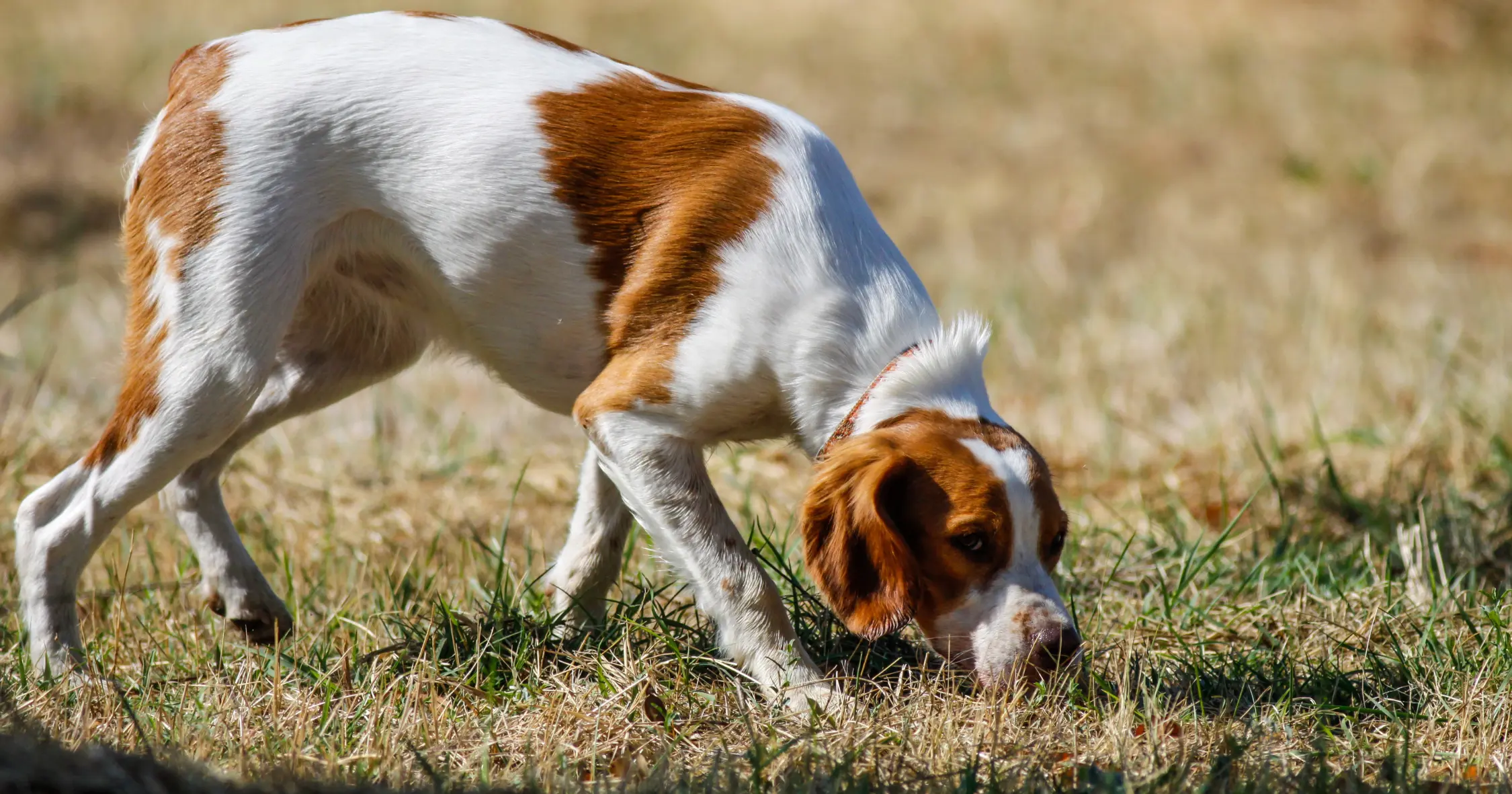
Tailoring Training For Different Dog Breeds
Unleashing Understanding: Why Your Dog's Breed Matters
You can't treat all dog breeds the same.
As a dog owner, you've embarked on a journey filled with wagging tails and a lot of learning.
One key aspect that can significantly enhance life with your dog, is understanding your dog's breed and what they were bred to do.

The Canine Kaleidoscope
Dogs come in all shapes and sizes, each breed crafted for a specific purpose. Knowing your pup's breed can provide valuable insights into their behaviour, needs, and potential challenges.
Of course, each dog is an individual with their own unique set of genetics and life experiences. But, knowing about their breed inside and out will set you both up for greater success.

Why Bother Knowing Your Dog's Breed?
1. Unveiling Natural Instincts
Dogs were bred for specific tasks, from herding sheep and guarding, to hunting.
Understanding your dog's breed helps unravel their inherent instincts and behaviours. Working breeds need some sort of work. Whether through performing a specific job or through 'work' we create for them through play and training. For instance:
Herding Breeds: Border Collies, Australian Shepherds – Known for their intelligence and high energy. Without proper stimulation, they might find creative ways to entertain themselves. Leading to issues such a car chasing and OCD behaviours.
Hunting Breeds: Terriers, Beagles – Often possess a strong prey drive. Unleashing their inner hunter through play can prevent boredom-related issues.
Gun Dogs: Spaniels and other Gun Dogs LOVE to use their nose. Providing scent work exercise for them can help fulfil their needs and save your arms when it comes to lead walking.
2. Tailoring Training Approaches
Different breeds respond differently to training methods. Knowing your dog's breed allows you to tailor your training approach, making it more effective and enjoyable for both of you.
When you first bring your dog home, knowing about their breed will help you to predict potential issues that might occur. When you know this, you can focus your training on the area which will most likely affect your dog.
3. Predicting Size and Exercise Needs
Understanding the breed's typical size helps anticipate your pup's growth and plan accordingly.
Additionally, recognizing their exercise requirements ensures they stay physically and mentally stimulated.

Common Dog Behaviour Issues
1. Separation Anxiety
Certain breeds, especially loyal and affectionate breeds, may be prone to separation anxiety. Knowing this allows you to implement strategies early on, to ease their distress when left alone.
2. Digging and Burrowing
Terrier breeds, such as Jack Russell Terriers, have a natural instinct to dig. Providing designated digging areas can positively redirect this behaviour. PLUS save your garden!
3. Vocalization
Some breeds, like the Chihuahua and German Shepherds, are known for their vocal nature. Understanding this trait helps manage expectations and address excessive barking through appropriate training.

Embrace the Dog Breed Your Have
Canines are one of the most diverse species there is. Embracing the uniqueness that your breed brings, can help prevent you from becoming frustrated with your dog.
Delving into your dog's heritage will help you to prevent behaviour issues AND enhance your dog's life.
Many behaviour issues, aren't behaviour issues at all. They are often, simply a dog doing what they have been bred to do, due to them not being given the appropriate outlets by their owners.
Don't worry - This doesn't mean that you have to take your Gun Dog shooting, or buy your Border Collie his own herd of sheep.
You can provide outlets for your dog's breed needs, through play, sports and training.

Choosing the Right Dog Breed for Your Lifestyle
1. Lifestyle Assessment
Before bringing a new pup into your life, take an honest look at your lifestyle.
Consider factors like:
Activity Level: Are you an avid hiker or more of a Netflix binge-watcher?
Living Space: Do you reside in a spacious house or a cozy apartment?
Time Commitment: How much time can you dedicate to daily walks, play, and training?
2. Matchmaking for Harmony
Choose a breed that aligns with your lifestyle. It's not just about falling for a cute face but ensuring a harmonious partnership. Getting the wrong breed for your lifestyle isn't fair to you or the dog.
3. The Unfairness of Mismatch
If a high-energy breed ends up in a sedentary household, it can lead to behavioural issues due to unmet needs. As a Dog Trainer, I've seen this many times.
If you have found yourself in a mismatched situation, dog walkers, daycares and training classes can help provide for your dog's needs and go some way in leveling up the mismatch.
4. Responsible Ownership
Owning a dog is a commitment that involves understanding, patience, and responsibility.
By choosing a breed compatible with your lifestyle, you're setting the stage for a fulfilling and fair relationship.

Frequently Asked Dog Breed Behaviour Questions:
Q. How do I accurately assess my lifestyle to choose the right dog breed?Begin by evaluating your daily routine and habits. And be honest about it. Don't overestimate the level of time, money or energy you actually have. Use your current lifestyle as your baseline.
Ask yourself:
How much time can I dedicate to daily walks, playtime, and training sessions?
What is my activity level?
Do I want to teach my dogs lots of tricks or start a dog sport?
Am I an outdoors enthusiast most days each week or someone who prefers a more relaxed lifestyle with a few country walks thrown in?
Consider your living space – is it a spacious house with a backyard or a smaller apartment?
Reflect on your long-term commitment and willingness to adapt your routine to meet a dog's needs.
Q. What if I already have a dog and realize it may not be the right breed for my lifestyle?If you find yourself in this situation, don't panic; adjustments can be made.
Adapt Your Routine: Increase physical and mental stimulation through additional walks, play, or engaging activities.
Consult Professionals: Seek advice from a dog trainer or behaviorist to address any challenges and modify behavior.
Enlist some help: Enlist help from a qualified dog walker, doggy daycare or family member a couple of times per week. This means, your dog will get the increased activity and stimulation they need, without you needing to completely overhaul your lifestyle.
Q. Are there exceptions to breed stereotypes, and how do I navigate those as a dog owner?Absolutely, individual dogs can vary widely. Here's how to navigate breed stereotypes:
Get to Know Your Dog: Spend time understanding your dog's unique personality, preferences, and quirks. Training Matters: Consistent and positive training can shape behavior, even if it goes against breed stereotypes. Be Open-Minded: While breeds provide generalizations, every dog is an individual. Embrace and appreciate the uniqueness your dog brings to the relationship.

This blog was written or approved by DOGS with Lyndsay and is meant as general information and advice only. Always seek specific professional advice when needed. DOGS with Lyndsay accepts no responsibility for the use of the information provided.